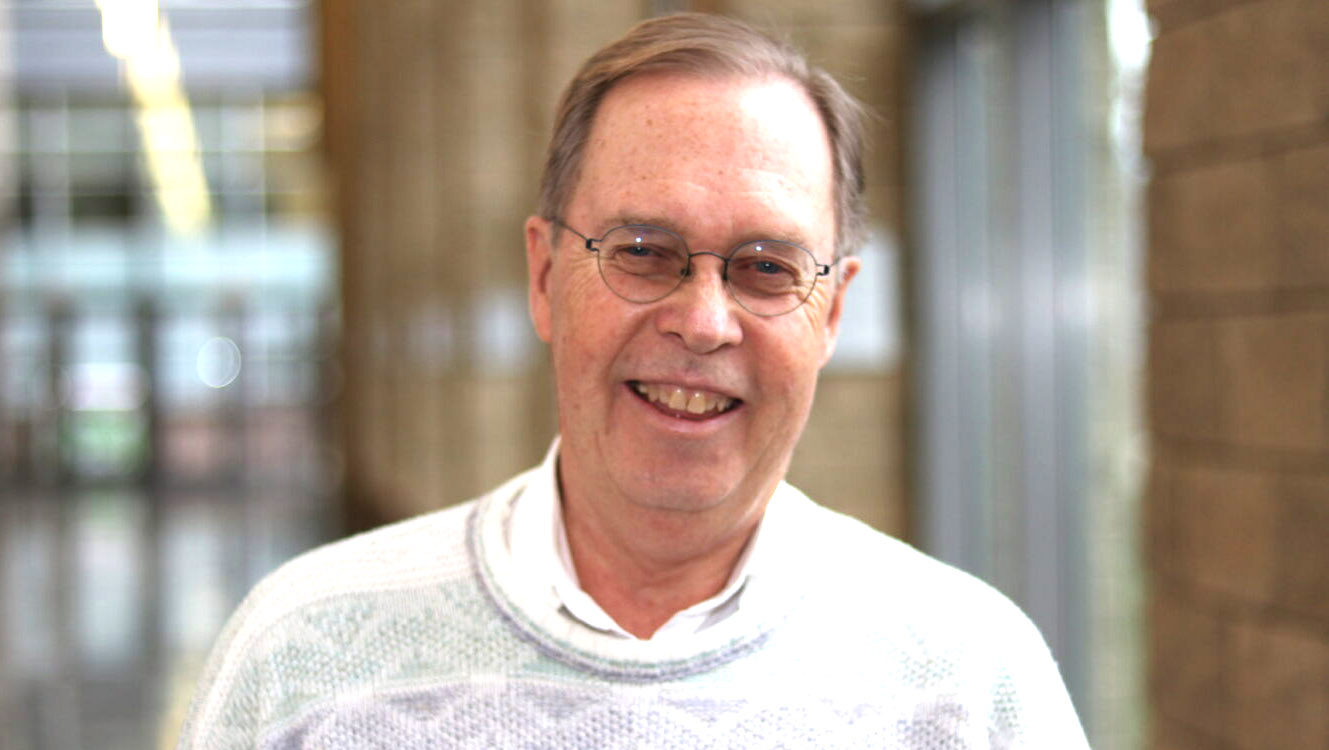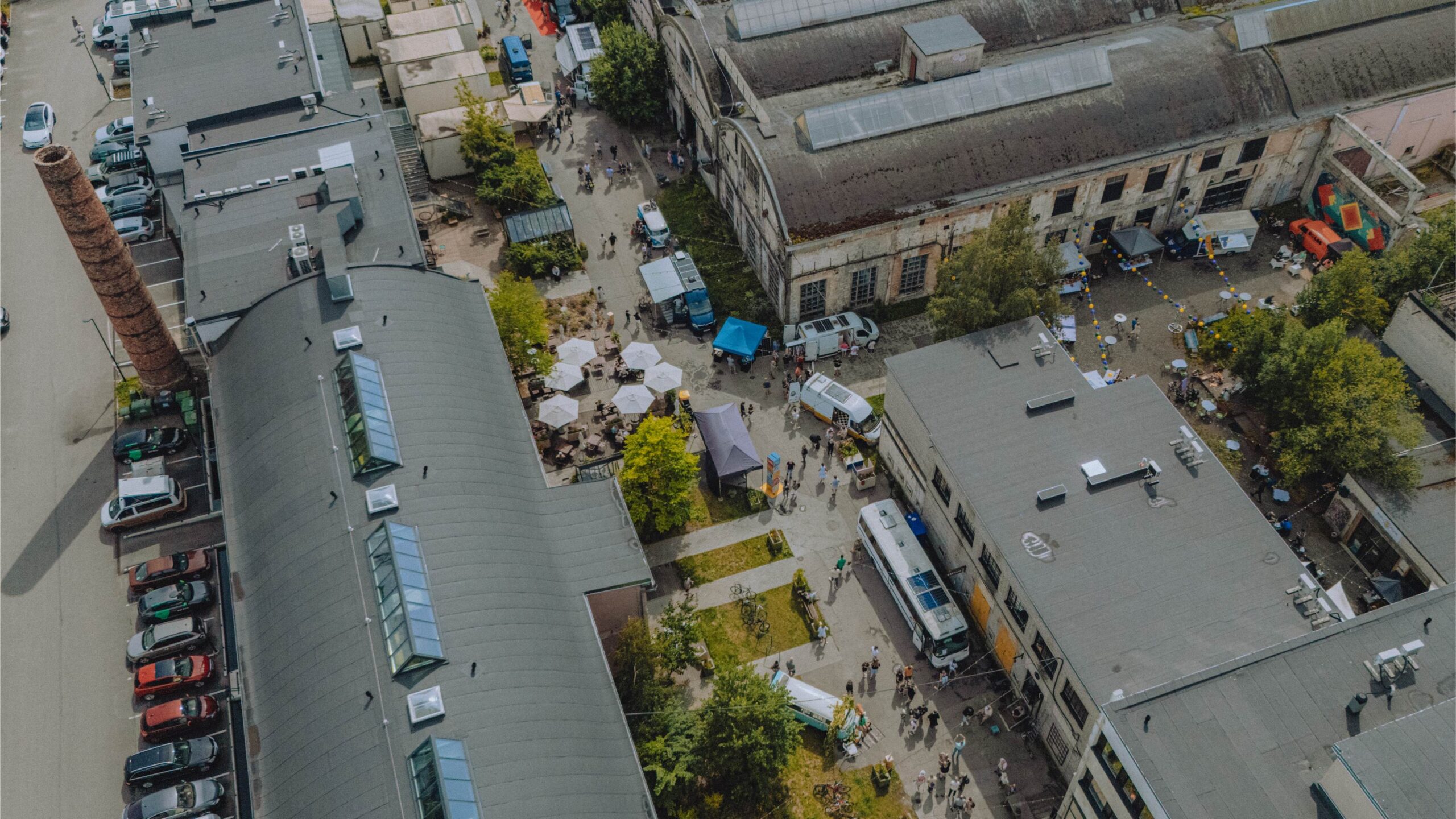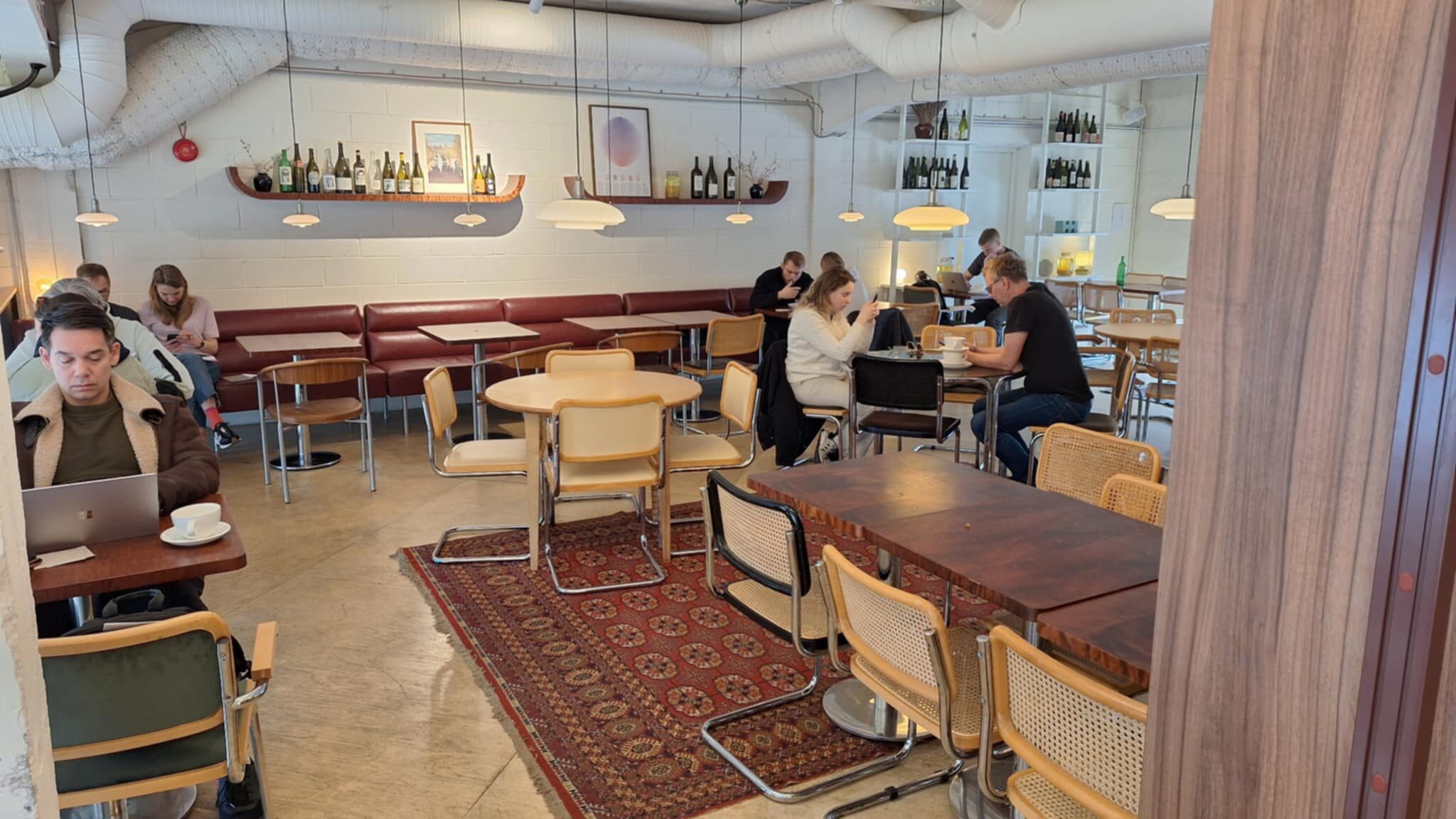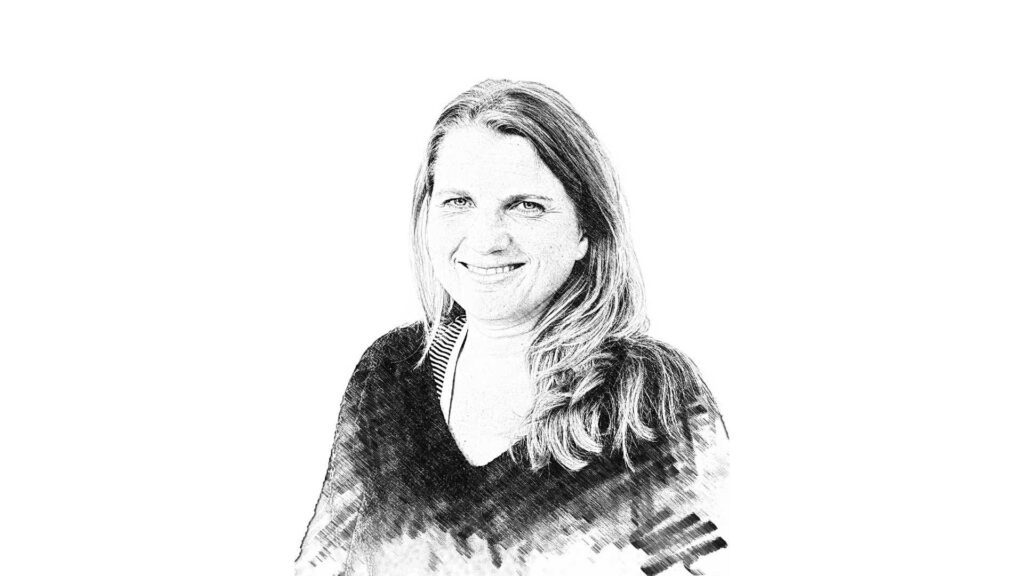
There is a saying that education is like an ocean cruiser, unable to make fast or sharp turns. Estonia is, however, trying to speed up education transformation through restructuring its school network and establishing a network of state high schools. Ten principals from these new schools will be visiting Toronto at the end of April.
Recipe for transformation
At the beginning of 2025 there were twenty-eight state high schools (gümnaasiumid, or gymnasiums) in Estonia. These state owned and administered schools are addressing the challenge of the decreasing number of students and the need to offer more course diversity at the high school level. As schools are funded based on the number of students, bigger schools have more resources to attract a variety of good teachers and offer more choices.
While all schools in Estonia enjoy a high level of autonomy, state schools have additional freedom from municipal politics and parental influence, and therefore are more prone to do things in a new, different way.
But it is not only the resources that are seen as the benefit of state high schools. While all schools in Estonia enjoy a high level of autonomy, state schools have additional freedom from municipal politics and parental influence, and therefore are more prone to do things in a new, different way. The fact that they operate in new school buildings with contemporary architecture has also increased their attractiveness.
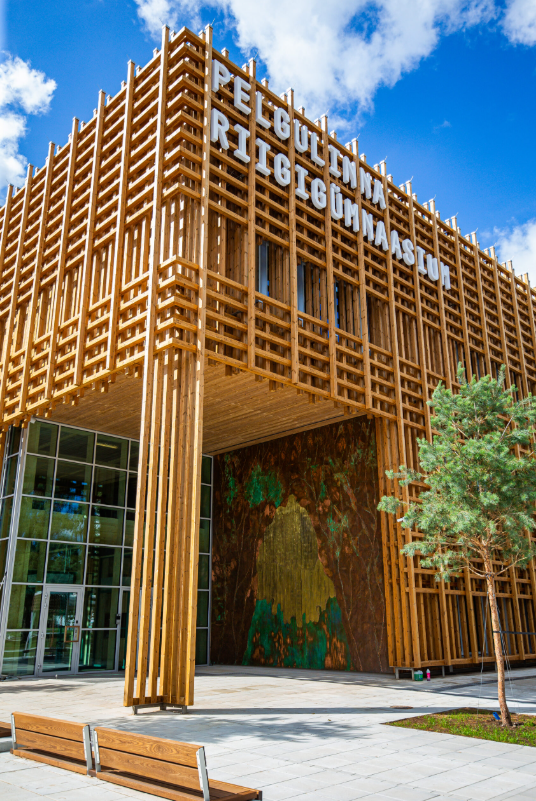
The innovation of these schools is based on selecting visionary and motivated school leaders; giving them autonomy to bring that vision into reality with a new team of teachers that they can recruit themselves; joint development of school curriculum; and an emphasis on cooperation and continuous teacher development.
School specialization
Each state high school has their own specialization: some promote new technologies, some emphasize Estonian language teaching, some concentrate on sustainability, environmental, and global issues. As the latter themes are the topic of my doctoral thesis, I have interviewed some of these school leaders, one of whom told me that “when I tell people abroad, especially in the so called ‘old democracies’ that I was chosen to run a school with a thousand students at the age of thirty-two, and the ministry said ‘do what you want’, it sounds like sci-fi to them… I think it is a great job by the ministry to take such a considered risk, believe in risk-taking educational innovation, to create these opportunities.”That risk taking was also seen as the strength of the Estonian education system by other principals interviewed, who described how the ministry was asking them to be bold, to take even bigger steps to innovate and transform Estonian education.
According to the principals, students are too often allowed to use only their heads in educational processes. However, emotions and action are also part of good pedagogy.
The schools that I have visited emphasize system-based thinking about sustainability, as well as civic action for social and environmental issues. According to the principals, students are too often allowed to use only their heads in educational processes. However, emotions and action are also part of good pedagogy. While students are interested in issues pertaining to the environment and democracy, few schools are addressing them systematically.
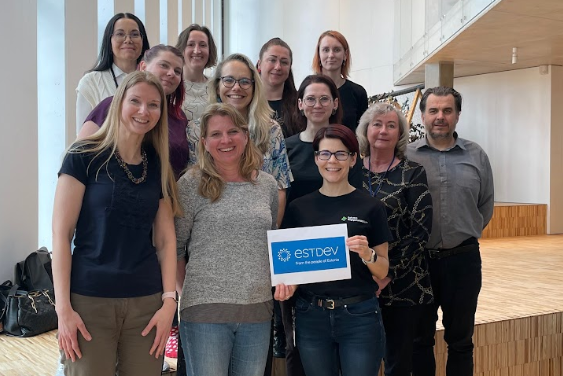
Progress is a possibility
What surprised the principals was the high interest level of teachers in applying to work in these new schools. Teachers came looking for a new type of school, less geared towards traditional subject-based teaching and competition. Still, developing the courage and competence among teachers to take more risks, work together, and transform learning processes is still considered a challenge, and that applies to state high schools as well.
While it is still early to say how much change these schools will make in the Estonian education sector as a whole, the way in which they have set up their vision and curriculum, the way they have recruited their teams, paves the way for innovation, even if the directors themselves are pragmatic about their mission: “Change takes time. But fortunately, we’ll have that time. We can proceed peacefully…. the worst that can happen to us is that we’ll make just an ordinary school. Progress is just a possibility.”
In just a few weeks, a group of Estonian state high school principals are visiting Toronto to learn about the system of accreditation and professional development of school leaders in Ontario, to gather lessons learned for an upcoming reform in Estonia. On the evening of Tuesday April 29th, the Estonian community will have a chance to meet the group, hear about their work, and ask them questions.
